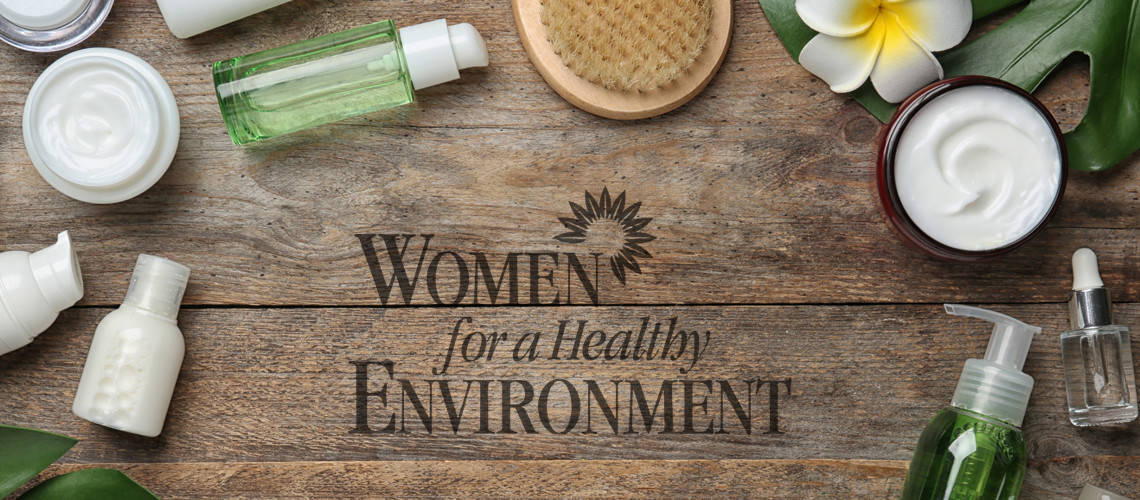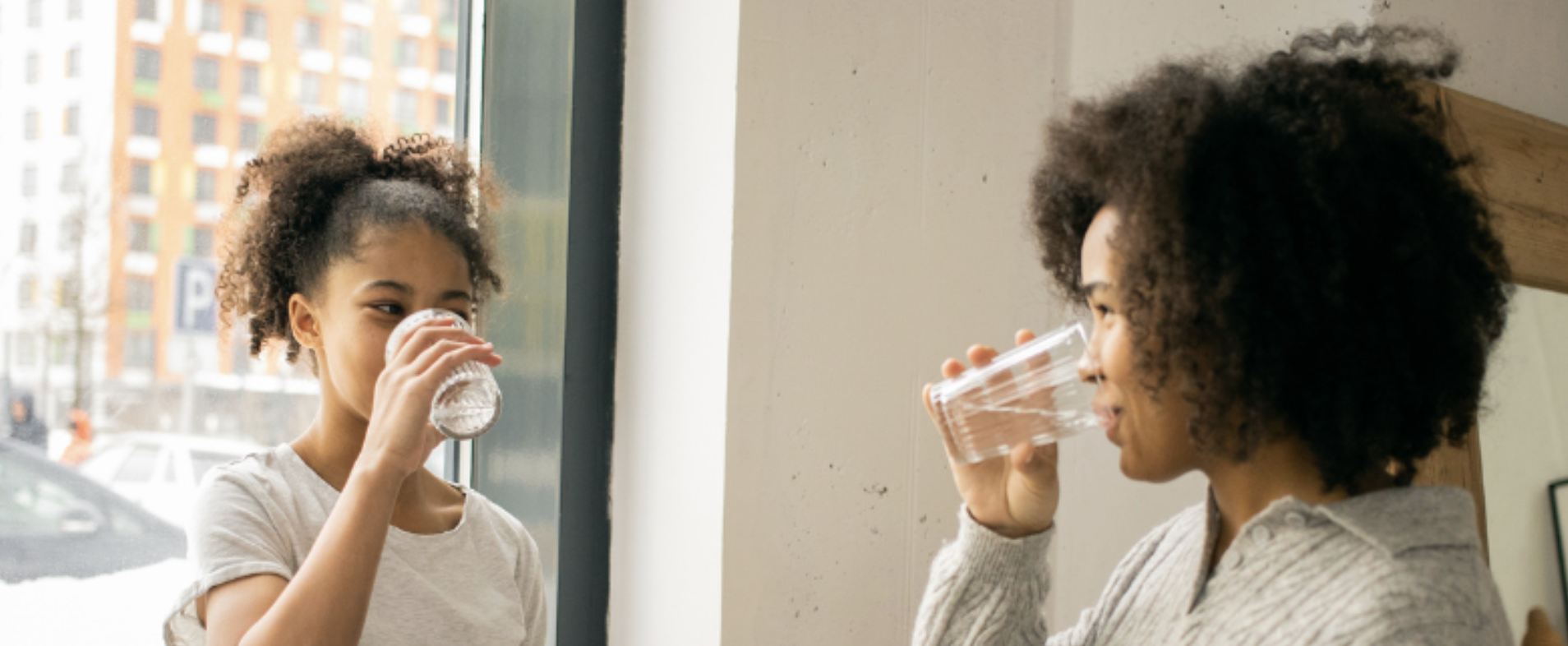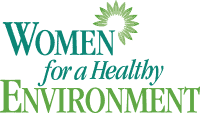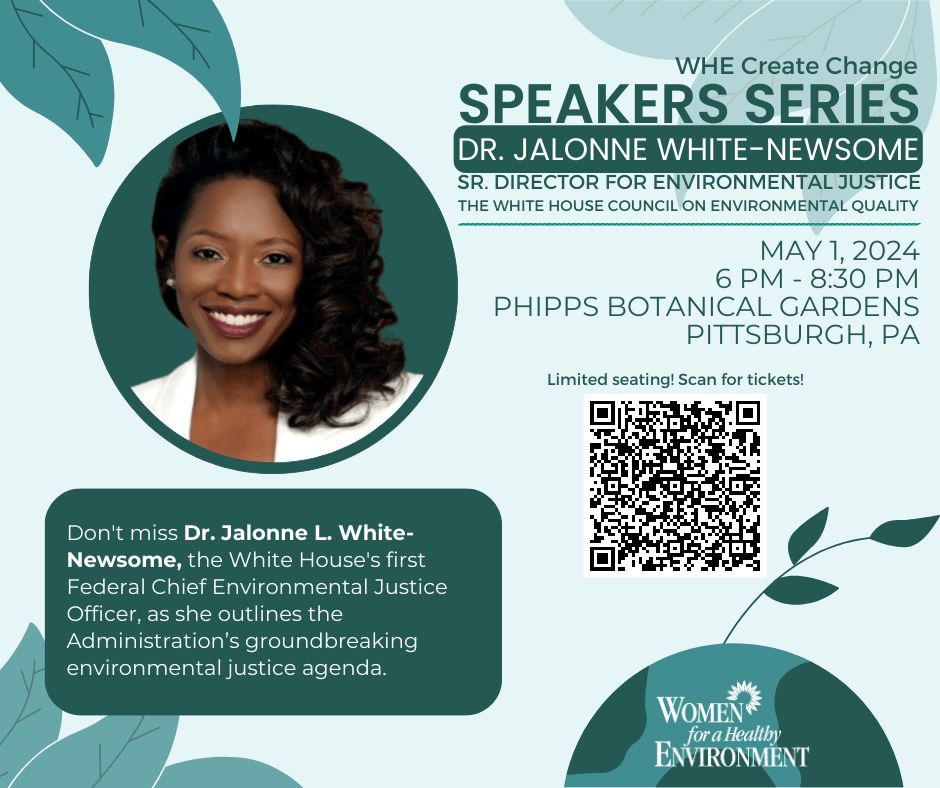Personal care products include every day items like the shampoo, soap and cosmetics we use. These products are made of different combinations of chemicals and contain potential carcinogens, allergens, and toxins.
When creating new personal care products, a company has the option to choose from more than 12,500 different chemicals; the vast majority of which have never been tested for safety by any accountable body. And the federal regulation that guides personal care product safety has not been updated since 1938! That was the year the ballpoint pen was introduced and bread cost 9 cents a loaf!
On average, men use 6-8 products in a day, adult women use 10-12, and the biggest consumer is young teenage girls who use 17-20. This creates a population of people (women and girls) who carry a higher toxic load which is the accumulation of toxins and chemicals in our bodies. During times of reproductive development like puberty, and hormonal changes such as pregnancy and menopause, women can be more vulnerable to these toxic exposures.
Reading and understanding an ingredient list will empower you to make healthy changes and decisions. Ultimately, consumers drive the market and as we become more aware about the chemicals and toxins we do not want in our products, we can demand change!
Here are some general things to keep in mind when purchasing personal care products:
1.Fragrance isn’t just a nice smellThe ingredient, “fragrance,” can contain any combination of over 3,000 chemicals. Fragrances are considered trade secrets, so companies can list the ingredient, “fragrance,” on a product and not list its real contents. Avoid products that contain “synthetic fragrance,” which is often derived from petroleum.
2.Avoid Greenwashing and PinkwashingGreenwashing is when companies use key words like, “natural, organic, eco-friendly, and hypoallergenic,” to depict a product with less chemicals. These words hold no legal meaning and are just marketing terms.
Pinkwashing is when companies offer proceeds of their sales to breast cancer research. You can typically tell by a pink ribbon or other pink items on the product. However, often these products contain toxic ingredients that can negatively affect our health – and could be linked to the disease for which they’re raising money.
3. Avoid these:Phthalates and ParabensThese ingredients can be found in deodorants, nail polish, soap, toothpaste, and hundreds of other products. Considered an endocrine or hormone disrupter, these chemicals have been linked to cancer, fertility, and development problems. The chemicals (known as Endocrine Disrupting Chemicals (EDCs) mimic or interfere with the natural hormones in our body. This can cause health issues, like early puberty,
4.Skincare and makeupProducts used to lighten the skin, age spots, and blemishes may contain Hydroquinone. This chemical is toxic to the skin, brain, immune and reproductive systems. This hazardous chemical, banned in the European Union, is still being used in products manufactured in the United States! Avoid lighteners with hydroquinone, chromium, and mercury.
Buy sunscreen with zinc oxide ortitanium dioxide. These ingredients protect our bodies from UVA rays without penetrating the body. Ingredients to avoid include oxybenzone and Vitamin A because of their hormone disrupting and cancer-causing possibilities when interacting with the sun.
Lead is a dangerous neurotoxin that causes behavior, learning, and reproductive issues. In a study conducted by the US Food and Drug Administration, lead was found in lipsticks ranging in levels between 0.09 to 3.06 parts per million (PPM). There is no safe level of lead exposure.
Keeping all of these things in mind and referring to WHE’s Ingredient list (below) when buying products at the store, making your own products can be a great way to ensure it is safe.

Check out these DIY personal care recipes:
Body spray
8-ounce spray bottle
1-part witch hazel
1-part water
10-20 drops of essential oil (caution should be used with essential oils as they still can be an allergen and in some instances found to be a hormone disruptor – lavender and tee tree)
Fill the spray bottle halfway with witch hazel. Add in your desired amount of essential oil, then fill the remaining bottle with water. Shake before use.
Coconut Milk Shampoo and Body Wash
½ cup of liquid castile soap, unscented
1/3 cup canned coconut milk
2 tsp. sweet almond oil
Mix ingredients together and place in shower safe bottle. Shake before using, a little goes a long way! Keep in shower for up to a month.
Deodorant
¼ cup cornstarch
¼ cup baking soda
2 tbsp coconut oil
Vitamin E (optional)
Essential Oil (optional)
Mix ingredients together and store in air tight glass container. Test baking soda or use less if you have sensitive skin as some may experience a mild reaction to the baking soda.
Bath Bomb
Safe and fun to make with kids! Avoid lavender and tea tree essential oils when making for children.
1 cup of baking soda
½ cup of citric acid
½ cup sea salt or Epsom salt
¾ cup corn starch
2 tbsp oil of choice (ex. olive, almond, coconut oil, etc.)
2 tsp witch hazel (or water)
1 tsp vanilla extract (or more water)
30-40 drops of essential oil or powdered dried herbs
- Combine dry ingredients together in one bowl, in a separate bowl combine oil, witch hazel and vanilla extract. Add essential oil if using
- Add the liquid ingredients to the dry ingredients a few drops at a time. Mix well with hands
- As you slowly put the ingredients together, the mixture should hold together when squeezed without crumbling.
- Push mixture into molds, greased muffin tins, or any other greased container. Press in firmly and leave at least 24 hours or until hardened. Mixture may expand some, just push the mixture back firmly into the molds.
- When dry, remove and store in airtight container or bag. Use within 2 weeks
Body Lotion
½ cup olive oil
¼ cup coconut oil
¼ cup beeswax
1 tsp vitamin E (optional)
Essential Oils (optional)
Combine ingredients in a pint sized or large glass jar that can be heated up. Fill a medium saucepan with a couple inches of water and place over medium heat. Put a lid on jar containing all ingredients and place in the saucepan with the water (i.e. double-boiler). As the water heats, the ingredients in the jar will start to melt. Shake or stir occasionally. When all ingredients are completely melted, pour into airtight jar for storage. Use within 6 months.
Hand Scrub
1 tbsp coconut oil
2 tbsp raw honey
¼ cup sea salt
¼ cup organic sugar
1 tbsp lemon juice
Stir the honey and coconut oil together. In a separate bowl blend the salt, sugar, and lemon juice until you get a crumbly texture. Pour the salt mixture over the honey mixture and stir until smooth. Store in a small glass container Use a marble sized amount, massage into hands 30-60 seconds, and rinse with warm water.
Lastly, when you are at the store there are resources that help make your purchasing decisions a little easier. The Environmental Working Group is a national organization that has a compiled a database (Skin Deep) that can be used as an app or in a web browser that gives different cosmetic products a score based on the ingredients used! Check out the website here!
If you have a questions or want more info, feel free to reach by sending an email to hanna@womenforahealthyenvironment.org (as we are all working from home)!
References:
https://www.ewg.org/research
https://www.fda.gov/cosmetics/cosmetic-products-ingredients/cosmetic-ingredients






